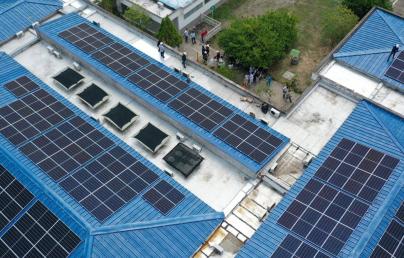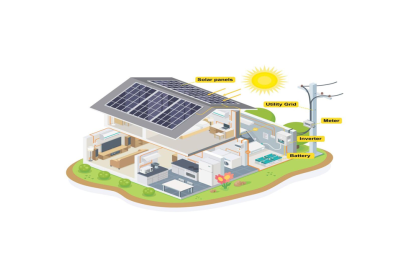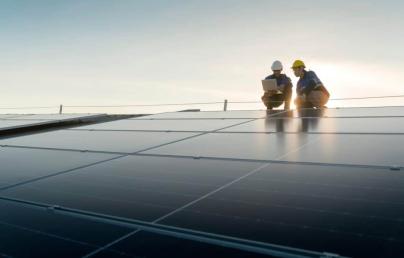
5th generation of heating and cooling networks: decarbonisation mission for the supply of heating and cooling
5th generation of heating and cooling networks: decarbonisation mission for the supply of heating and cooling
Heating and air conditioning now represent more than 70% of emissions linked to the use of buildings in France. In 2018, more than one in two households mainly used fossil fuels for heating (41% natural gas, 13% fuel oil).
To reduce greenhouse gas emissions from these uses, the National Low Carbon Strategy (SNBC) aims to reduce the individual consumption of housing and triple the number of those connected to heating networks by 2035. In this same emission reduction objective, the Multiannual Energy Program (PPE) aims for these networks to deliver on average 60% renewable or recovered energy (EnR&R) by 2035. These objectives are reinforced by the urgency to reduce dependence on Russian gas in times of geopolitical crisis.
Faced with these challenges, the 5th generation of heating and cooling networks, or 5GDHC, is an essential solution to meet France's climate objectives, in addition to an ambitious policy to reduce energy consumption. Indeed, these high-performance networks tending towards 100% renewable and recovered energy are particularly suited to low-consumption buildings.
Distribution of heat and cold to allow the exchange of energy between neighbouring buildings
5th generation networks are based on the simultaneous distribution of heat and cold between buildings in the same district. The 5GDHC differs from other generations of networks in particular by its low distribution temperature: this allows the use of renewable energies - as well as the recovery of waste heat - at low temperatures.

